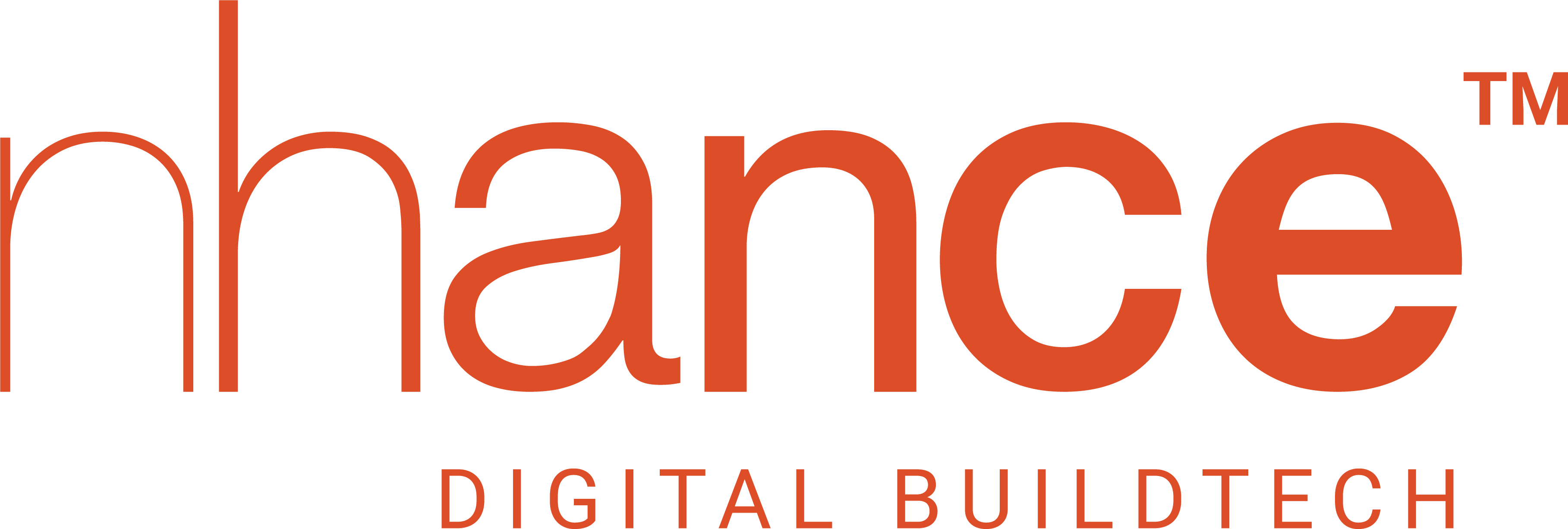Improved hygiene, better space management, and the need for social distancing within planned return to the workplace have prioritized occupancy management recently. The back-to-normal scenario has made it mandatory for commercial buildings to be mindful of occupants’ safety while also ensuring operational efficiency.
Modern occupancy management solutions cater to this need by experimenting with technology beyond space reservations. They are facilitating better management of changes in space management and utilization. Low-tech infrared sensors, thermal imaging technology, microbolometer, passive-infrared technology, and occupancy sensors are some AI and IoT-based tools employed to undertake intelligent occupancy management.
Smart occupancy management systems enable business administration to control overprovisioning of space and foster teamwork, which is critical for building efficiency and occupant productivity.
How does Occupancy Management increase building efficiency?
Information produced by occupancy sensors significantly increases the effectiveness of buildings. It also guarantees continued security and convenient environments for the building occupants. Businesses can operate without jeopardizing significant human components by regulating occupancy and utilizing the technologies at their disposal to construct smart buildings.
Benefits of occupancy management include:
Effective Space Planning
Increased spatial awareness helps in identifying available spaces in real-time and underutilized spaces in the long run. For instance, office space, like meeting rooms, conference halls, etc., can be better managed to ascertain effective work schedules. Managing traffic in the common areas helps avoid last-minute chaos. In case multiple teams require space simultaneously, unused/underused areas get allocated for meetings.
Energy Efficiency & Comfortable Built Environment
Buildings are considered to be one of the largest consumers of electricity. To assure efficient and conscious energy consumption occupancy information is used to exercise intuitive control over lighting and HVAC systems. In addition to energy management, occupancy analytics help in overall building management, scheduling clean-ups and cost optimization.
The needs of modern workers must be met by building design that helps them to complete tasks effectively. Modern occupancy management solutions yield comfortable, safe, clean, healthy, secured and productive work environments. A more comfortable environment is created by automating building functions depending on real-time occupancy data. Regulating physical conditions based on occupancy helps build a conducive working & living environment.
Cost Effective Business Expansion
Occupancy and space management data offer insight into underused spaces that can be used while expanding business. It eliminates the need to relocate to accommodate more people. Real-time and historical occupancy data prove extremely useful for managing buildings, especially when combined with analytics tools. To execute work quickly and with the least amount of disruption to the occupants, occupancy management enables the deployment and scheduling of expanding teams.
In achieving long-term operational efficiency, the capacity to foresee and respond to changes in occupancy needs is becoming critical. Forward-thinking businesses require a permanent space optimization solution that lowers real estate costs and environmental impact while boosting worker satisfaction and productivity. It is so because, with ever-changing and erratic building occupancy needs, precise and on-the-spot responsiveness becomes critical for the success of the business.
Intelligent occupancy management system offered by nhance is designed to understand your unique needs enabling you to make successful strategic decisions. Our smart sensors and control systems help cost-effective you explore the potential areas to optimize energy consumption in buildings and execute cost-effective space utilization plans. To know more contact us or visit ‹nhance.ai.








